The detective who led the hunt for some of Dundee’s most notorious killers has died aged 89.
James Cameron headed the CID in the city and was most closely associated with investigating the Templeton Woods murders of 1979 and 1980.
Mr Cameron, who rose to become assistant chief Constable of Tayside, also investigated the triple slaying carried out by Sonny Mone, father of killer Robert Mone.
He also probed the bloody murders of Dr Alexander Wood and his wife Dorothy in their Roseangle home in 1980.
The killer fled to England where he attacked a priest and his housekeeper, leaving both dead.
A link was made with Dundee and it was James Cameron who travelled south to interview and charge Dundee-born Henry John Gallagher, who was 29.
After he retired from the force, Mr Cameron expressed regret on more than one occasion that the Templeton Woods killer, or killers, were never tracked down.
His son, also James and a retired police superintendent, said his father believed today’s scientific advances would have provided the breakthrough to catch the killers of Carol Lannen and Elizabeth McCabe whose bodies were discovered in Templeton Woods.
James junior said: “He did not speak about it greatly after he retired but the murder of the two women lived with him for the rest of his life.
“I would say he was disappointed that he did not solve these murders. It irked him but the science was different back then as were recording techniques. If they had had modern scientific capabilities back then there could have been a different outcome.”
James was the very public face of policing in a city shocked by a wave of violent killings between Christmas 1978 and May 1980.
He looked old school, tough as nails. He was rarely photographed outside without his trademark detective’s hat.
But his son James said it was an image he cultivated. It was a work face. In his private life he was a very different man.
“He was light hearted and fun to be around; a gentleman and very different to his public persona,” said James.
James Cameron was born near the harbour in St Andrews, the son of James and Helen Cameron. His father was the town clerk and James was educated at Madras College.
He left school at 15 and began training as a gardener at Strathtyrum estate. He remained in the post for three or four years before enlisting in the Scots Guards.
James qualified as a marksman and served during the Suez Crisis and at Port Said.
Royal duties
In 1953, at the coronation of the late Queen, he was one of the Scots Guardsmen lining Pall Mall in full dress uniform and bearskin hat.
James said: “Whenever he saw footage of the coronation he always claimed he could spot himself but we never knew for sure if it was him.”
He had met his future wife, Betty, while serving in the army and he married in full uniform at SS Peter and Paul’s Church, Dundee, in 1954. They went on to have three of a family; Stuart, Ian and James.
When he left the Scots Guard, James joined the the City of Dundee Police. He was a beat officer based in the city centre and then in Fintry, a place he had great fondness for, said James junior.
In 1960 he transferred to the CID and rose quickly through the ranks. By the time of the first Templeton Woods discovery in 1979, he was chief superintendent in charge of CID.
James was also in charge of the planning and security of major events, including NATO and Commonwealth conferences , at Gleneagles Hotel and also prime ministerial visits. Among others he met Margaret Thatcher, Prince Charles (now King ) and a host of sporting stars including Virginia Wade.
In a nod to his humorous side he often told a story of giving a parking ticket to an American military helicopter which landed in the wrong place at Gleneagles.
Honoured
By the time he retired, James was assistant chief constable and the recipient of the Queen’s Police Medal.
James suffered a major heart attack and this led him to evaluate how he would spend his retirement. Although he had made his life and raised his family in Dundee, St Andrews never left his heart and he was a frequent visitor throughout his life.
He became chairman of the charity Shopmobility, enjoyed golf and rugby on the television and went to see both Dundee FC and Dundee United, although his family never discovered which team he favoured.
James, who was predeceased by Betty, married Winnie, also a detective, in 1987 and became parents to Kirstie not long after James retired.
Alexander McGregor, former chief reporter of The Courier and author of The Law Killers, who wrote about several of the murders James investigated, said: “ A chief constable once told me that Jim was the finest detective he had ever met, which tells you the esteem in which he was held
“He had a great success rate and I know he always regretted not bringing the Templeton Woods murders to a satisfactory conclusion.
“However, I’m sure that would have been the case had today’s scientific and technical advancements been available to him.
“As well as being a fine officer, Jim was a nice man. He will be missed.”
Matt Hamilton, vice-president of the Retired Police Officers’ Association Scotland said: “Jim served in uniform as we all did but was very quickly identified as CID material and over the years that followed went through the ranks as a detective involved in numerous serious crimes and major events.
“He will be sorely missed and fondly remembered by all.”
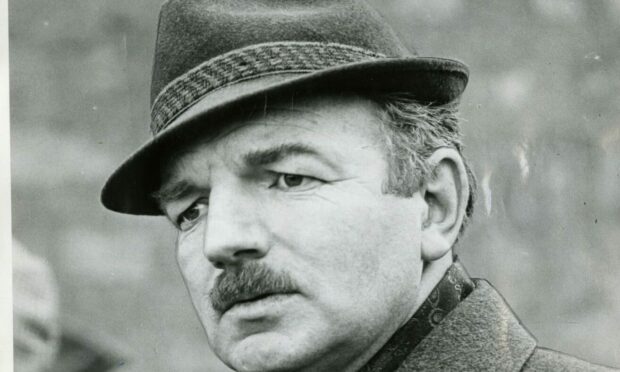
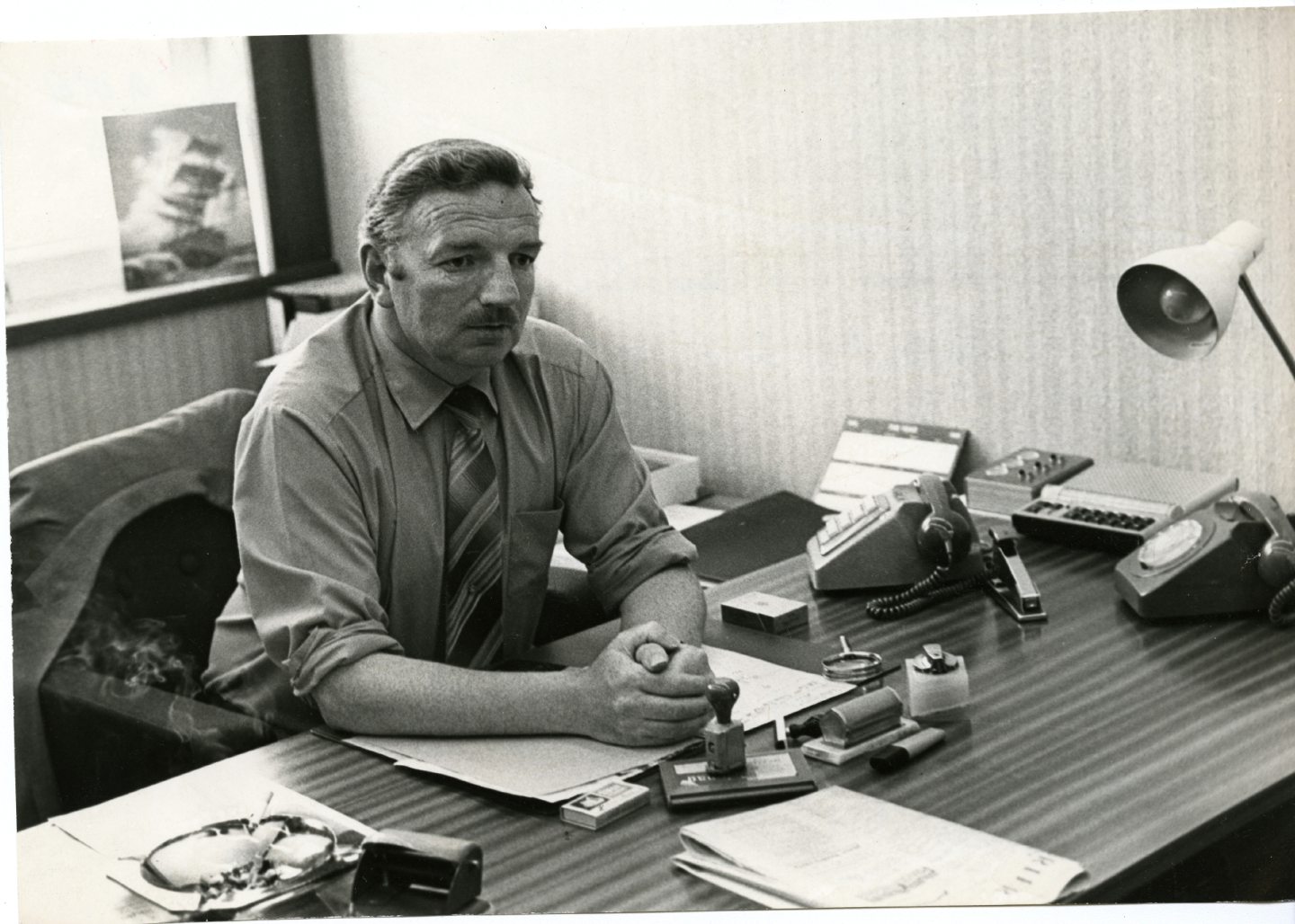
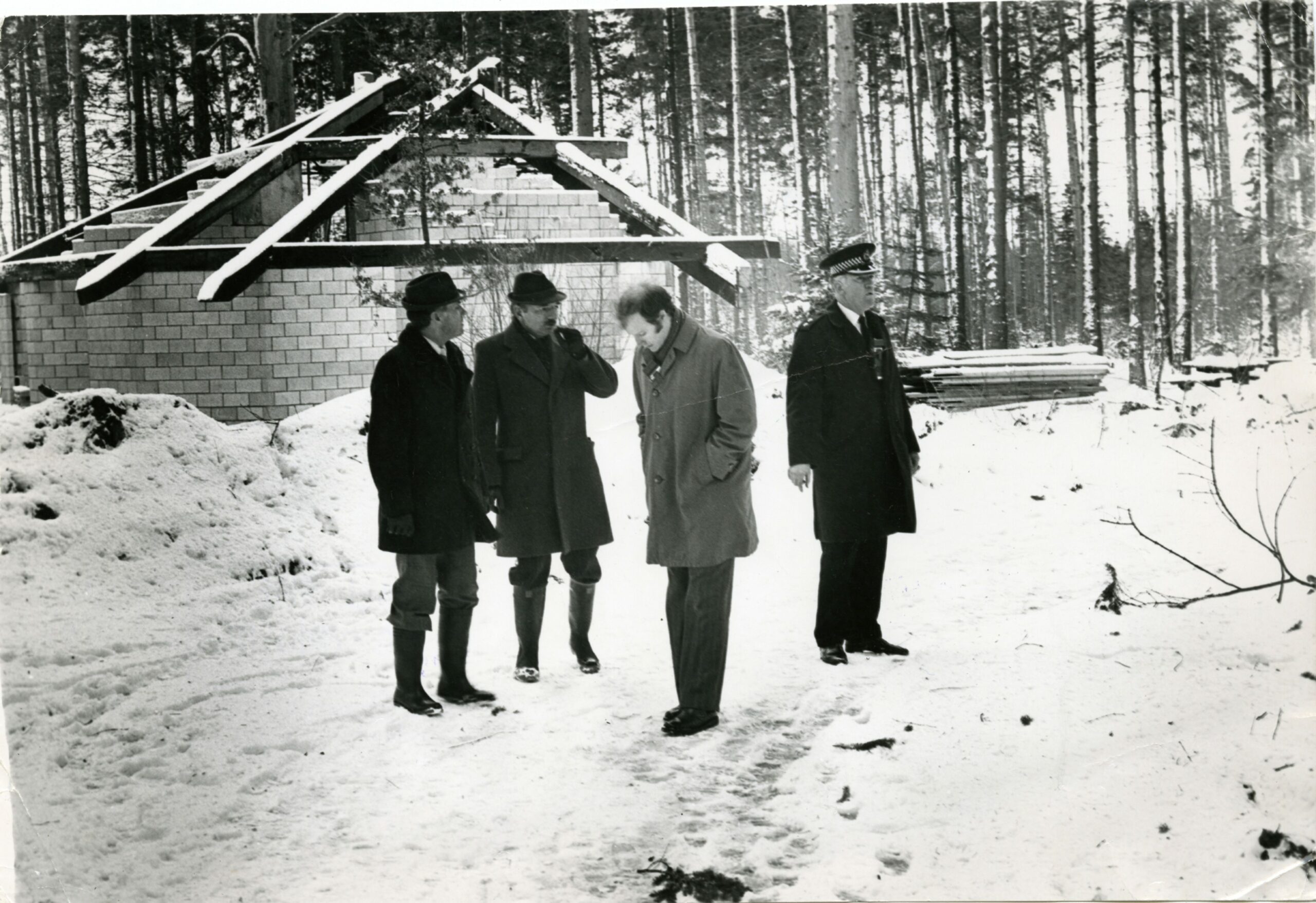
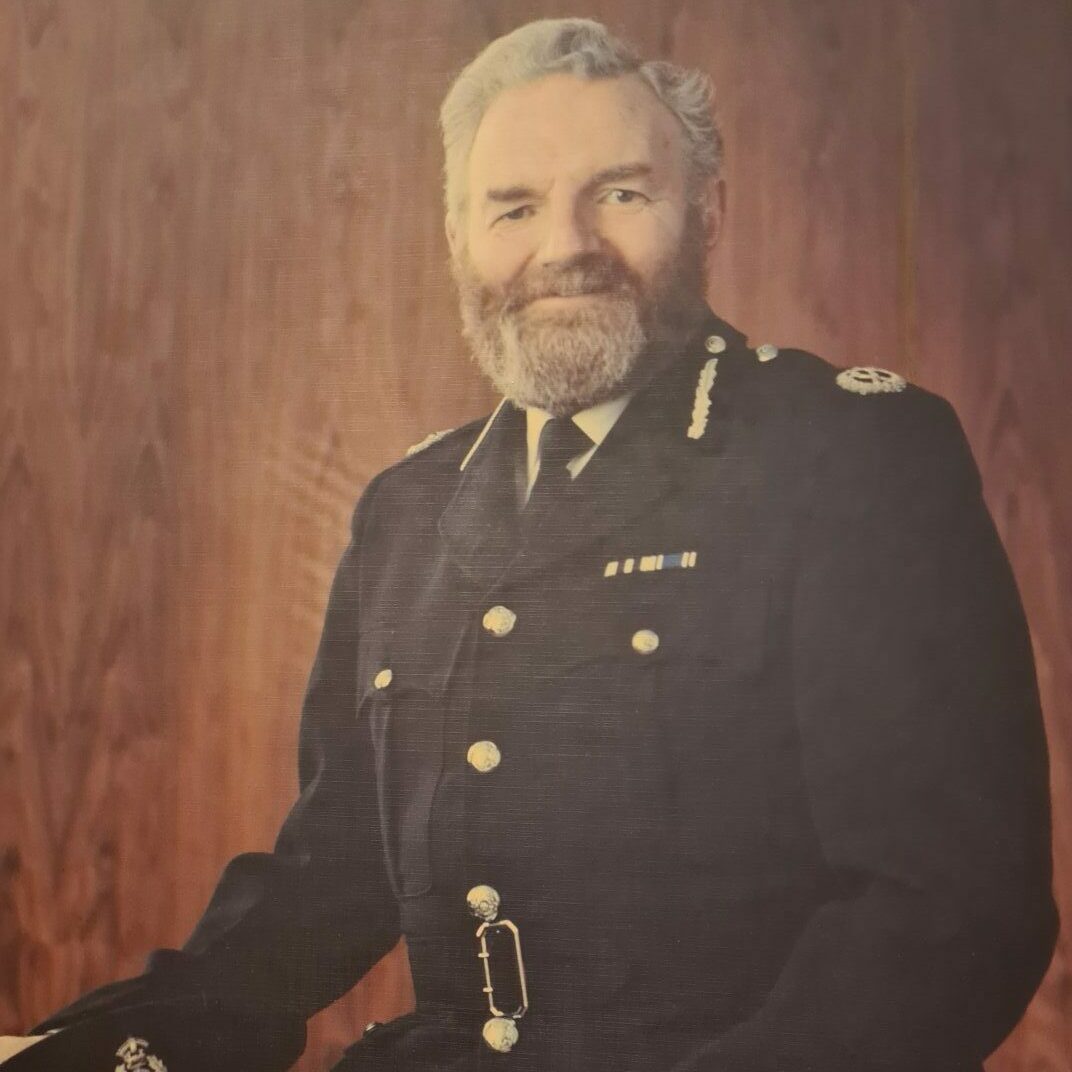
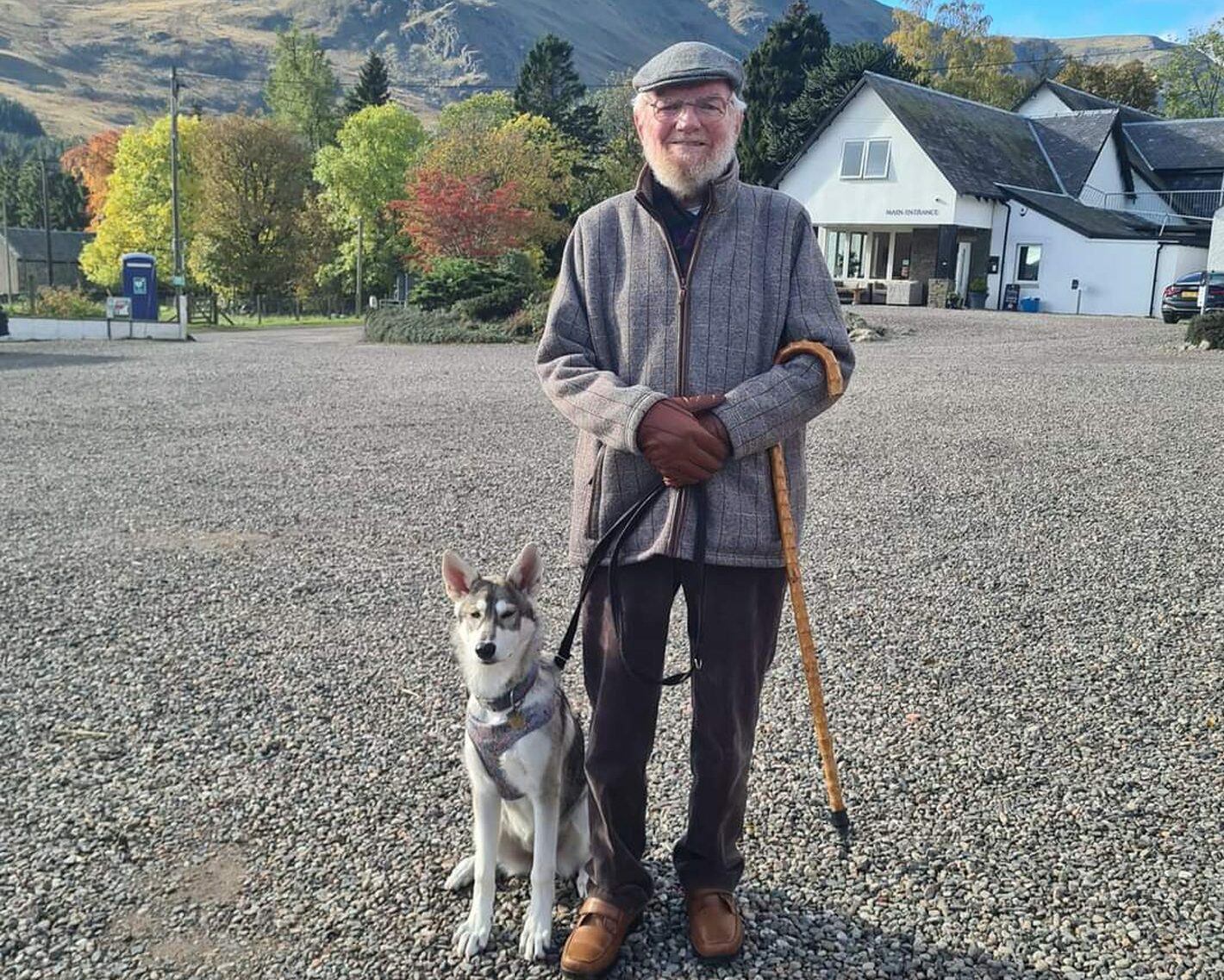
Conversation